How to properly align the walls with the wallpaper?

High-quality preparation of the walls is the most important task that must be solved correctly when wallpapering the walls. It would seem a simple thing, but there are many different details that it is better to know about in advance.
Why is alignment necessary?
Aligning the walls is a very important problem, without which a successful apartment renovation is impossible. Often, it takes a lot of expensive material to bring vertical planes into their proper form, but this must be done, the technological order should be strictly observed. Uneven walls cannot look attractive, even if you stick the most expensive wallpapers on them, they will still look crooked and ugly.
The most common wall defects are:
- irregularities;
- bumps;
- pits;
- protruding joints.
All these shortcomings, sooner or later, inevitably become apparent and spoil the overall picture.
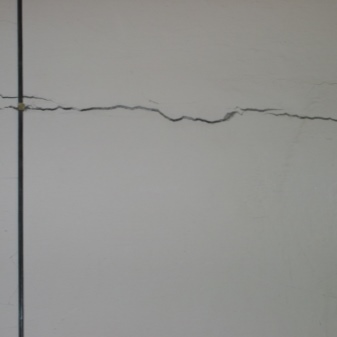
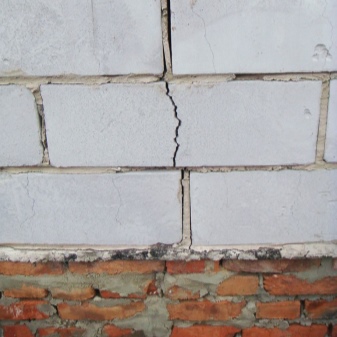
What tools are needed?
Aligning vertical planes is not possible without the help of a good tool.
To level the walls, you will need the following tools and fixtures: two-meter level, plumb line, stepladder, marker, wide spatula 0.5 m, medium and small spatula, trowel, usually 1.5 m, dowels and screws, drill, screwdrivers, buckets, gloves, hammer, pliers, roller, broom.

To work, you will need two types of mixtures:
- cement;
- plaster.
A trowel is suitable for applying plaster mortar to the walls (ideally 0.52 m wide). The quality of this tool determines how flat the plane of the wall prepared for wallpaper will be.
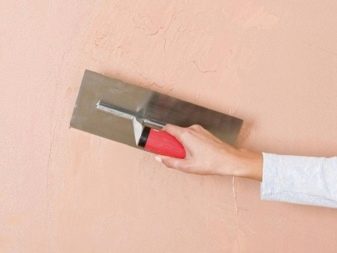

Mixtures and materials
Today on the market there is a wide range of various finishing mixtures that are made on a gypsum or cement basis. To eliminate large defects, cement-based plaster is used. If there are minor flaws, the walls can be leveled with plaster putty.
The most popular products today are the following brands:
- Knauf. Plaster putty (starting and finishing) of this brand is perfect for all types of wallpaper. The Knauf trademark has been present on the Russian market for more than a decade and enjoys well-deserved popularity.
- Henkel Bautechnik. The products of this company are of consistently good quality.
- Weber-Vetonit. The company produces cement mixtures based on polymer-based glue. Coatings made from such mixtures do not crack and serve for a long time.
- Stabill. Another trade mark that is not inferior in terms of technical indicators to either Knauf or Vetonit.
- Sheetrock. The finishing putty Sheetrock is of impeccable quality.
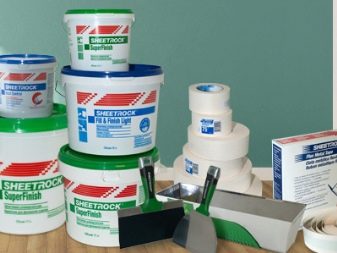
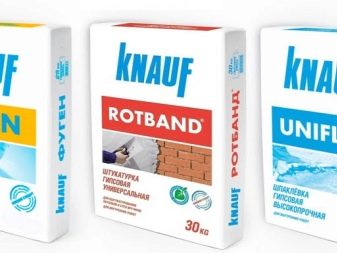
The advantages of the putty are its plasticity and fast drying time.
The plaster mixture is added to a container with water and mixed thoroughly. Each package contains a memo containing information on the consumption rate per square meter.
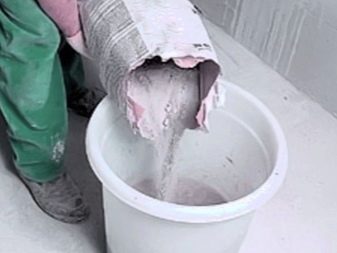
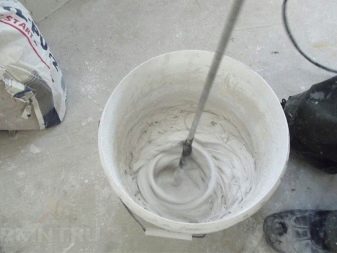
The basis of putty compositions may be present:
- gypsum;
- cement;
- acrylic resins;
- silicone;
- potash glass.
The putty allows you to work with surfaces made of:
- concrete;
- bricks;
- wood;
- foam concrete;
- drywall;
- shell rock.
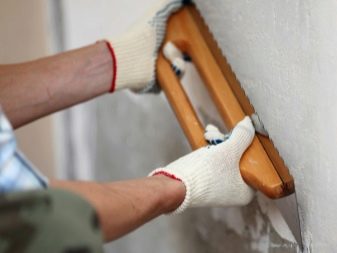
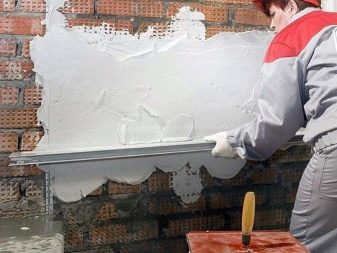
Mixes based on cement are suitable for rooms with high humidity:
- kitchen;
- bathroom;
- sauna.
The cement, in combination with various additives, dries to create a very durable surface. In residential areas, it is better to use gypsum-based mixtures. On the balcony or in the hallway, it is good to use plaster with a silicone base.
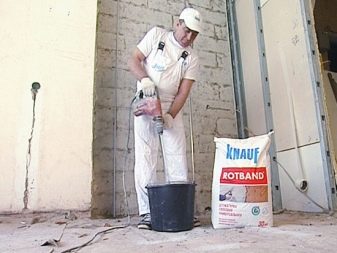

Plaster mixes are divided into two types:
- starting;
- finishing.
With the help of the starter putty, you can seal up:
- large chips;
- cracks;
- large notches.
The work is carried out in several stages: several layers of the leveler are sequentially applied, at regular intervals, so that the previous layer "grabs" a little. After a few days, a smooth wall should appear without any grooves or gaps. On such a surface, you can already glue wallpaper made of paper or other materials, having previously treated the wall with a suitable primer.
Finishing putties give the surface perfect smoothness and evenness.
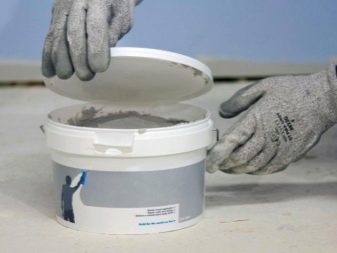
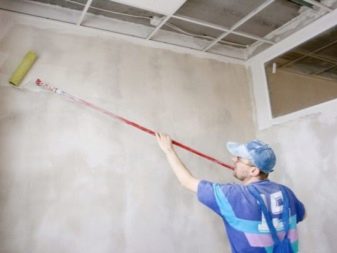
The best gypsum-based dry mixes:
- Knauf.
- Rotband.
- Goldband.
- "Start".
- Building mix of Volma firm. It is technologically advanced and inexpensive, suitable for all types of work.
- "Bergauf" - the mixture has gained wide popularity among builders in the CIS.
- "Prospectors" - this mixture is made in Russia, it differs in the presence of special additives. It has a good solidification and adhesion coefficient. It is becoming more and more popular in the countries of the former USSR.
- "Hercules" - this mixture is also produced in Russia (Novosibirsk), it is of good quality and low price.
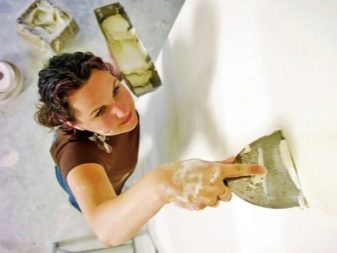
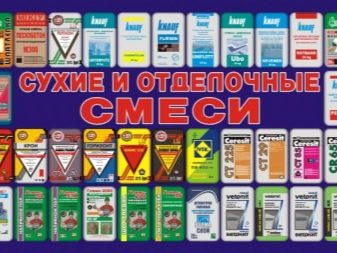
Alignment technology and stages
To properly prepare the surface means to strictly follow all technological requirements.
To begin with, the walls are thoroughly cleaned of:
- dirt and dust deposits;
- old plaster and putty;
- remnants of old wallpaper and paint.
In such operations, you can effectively use a vacuum cleaner and a broom.
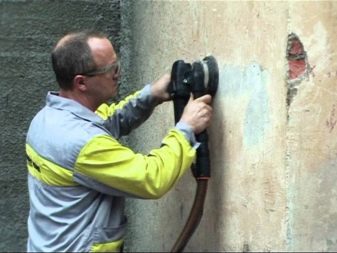
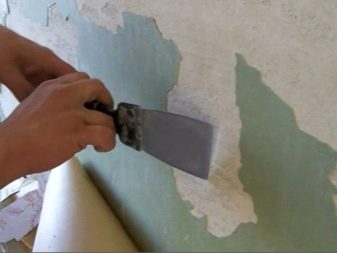
The planes are leveled using various tools; before starting work, the walls should be checked using a plumb line and level.
These simple tools will tell you in a matter of minutes:
- what differences and irregularities exist;
- where is it better to start work, what stages it will consist of;
- what materials are most reasonable to use;
- how much will be required starting putty and cement.
Particular attention is paid to the primer. Priming is strictly necessary, without this stage it is impossible to start wallpapering. It is imperative to use antiseptic compounds - this will be the best guarantee that mold or mildew will not appear under the wallpaper.
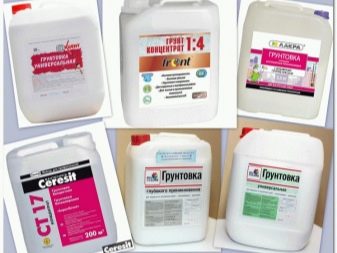
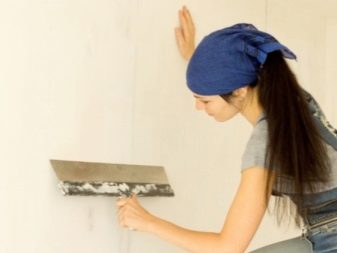
Most popular primers:
- Acrylic: a universal remedy that is in the greatest demand. Works well with all materials. Dries quickly, has a pleasant white color.
- Silicone: well suited for concrete walls. The unique property of this composition is that it does not allow moisture to pass through, nevertheless, air exchange is maintained.
- Mineral: universal product, suitable for concrete, brick and wood walls. Has a good adhesion and drying coefficient.
After priming, the process of applying the putty to the walls begins. It is important to prepare a solution in a bucket of such a density that it is a viscous and plastic mass without lumps, then it can be easily applied to the surface in an even layer.
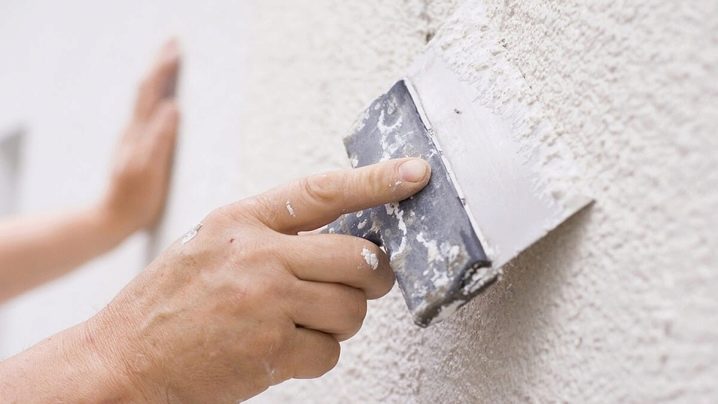
Surface type
Wall alignment is mainly done in the following ways:
- Plasterboard filing (if there are significant differences in levels).
- Throwing the cement mixture onto the pre-fixed metal mesh.
- Using a gypsum starting mixture.
Often there are planes where the level differences between the upper point in the area of the ceiling and the lower one near the floor reach more than two to three centimeters. In such cases, it is most rational to use drywall for leveling.
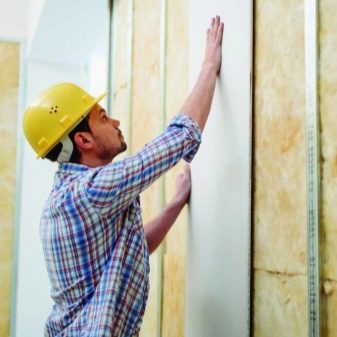
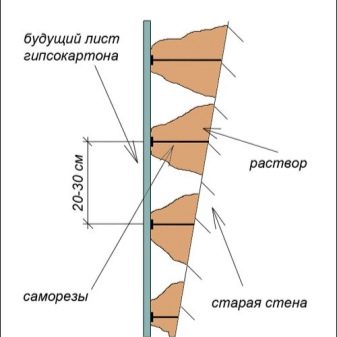
Advantage of gypsum plasterboard:
- ease of installation;
- any vertical plane can be aligned;
- with the help of drywall it is convenient to "hide" communications.
Fastening of drywall is carried out using metal profiles, they are fastened with dowels into a concrete or brick wall. A relatively small drawback is that drywall "hides" the space. Installing the gypsum board on the guides is the most popular way to level the walls in the presence of significant level differences.
Also, drywall sheets can be hemmed without using profiles if the curvature of the walls is small. Sometimes special bridges are made between the profiles, they give the structure additional rigidity. Plasterboard is mounted to the racks with a pitch of 25 cm, the sheets are staggered. After the completion of the work, the seams must be sealed and puttyed.
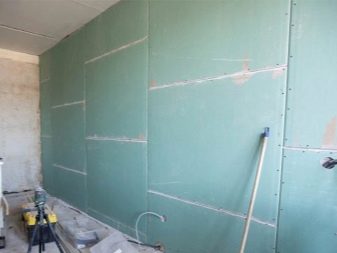
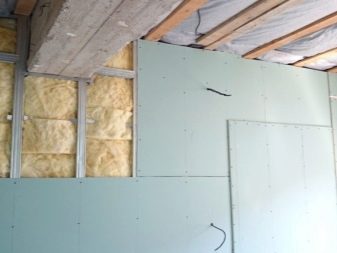
Drywall allows you to get a flat surface, it is not difficult to mount it, such material is inexpensive. It is excellent for leveling concrete, painted, clay, plastered, aerated concrete walls and shell rock surfaces.
In any case, a plasterboard coating will look advantageous, and even a beginner will not be difficult to work with it. Installation of gypsum board is the easiest method to make the walls perfectly flat. It is often much easier to hem drywall than to close up deep depressions and recesses with cement mortar, spending considerable material resources. It is also important to keep in mind that in the presence of large layers of plaster, it often crumbles, cracks appear on the walls.
If the difference in the level of the walls is less than two centimeters, then it is better to seal the defects with a cement-based starting putty. Before starting such work, you should carefully treat the surface with a special deep penetration primer.
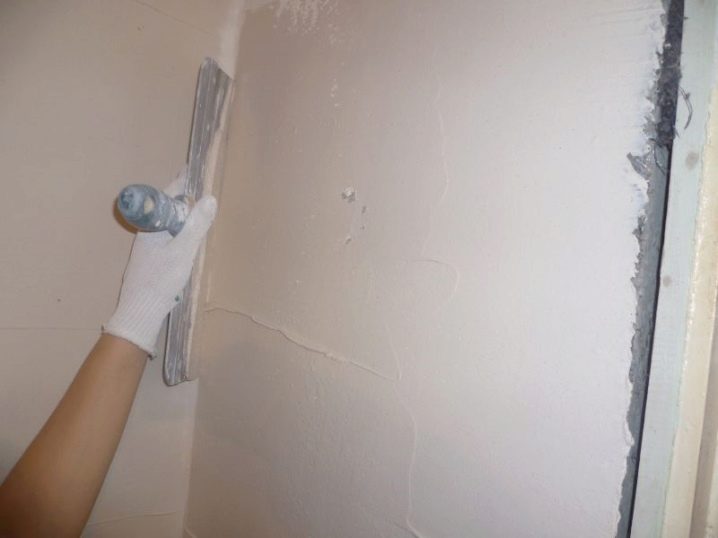
The next step is to place beacons, using a two-meter level, they are checked along the horizontal and vertical plane. The distance between the beacons is about 30-40 cm, this is quite enough to lay the starting putty and level it with a wide spatula. One layer of starter putty before wallpapering will be sufficient. With this technology, you can completely do without finishing putty, especially since it is not cheap.
During work, it is recommended not to rush, let the solution dry well. There are often cases when you have to apply 4-5 layers in order to achieve the desired result. After the wall is dry, you can start installing the wallpaper.
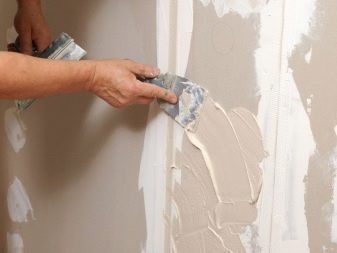
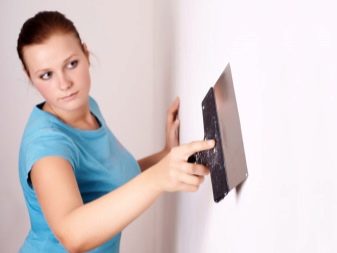
A few words should be said about liquid wallpaper due to its great popularity. Liquid wallpaper is a plaster that is used to decorate a wide variety of types of premises.
This material includes:
- cellulose additives;
- silk fibers;
- glue;
- chalk.
There are no synthetic ingredients in the composition, so the material is environmentally friendly. Before applying liquid wallpaper, the surface should be smoothed especially carefully and it is imperative to remove all dark spots: the vertical plane should be even white.
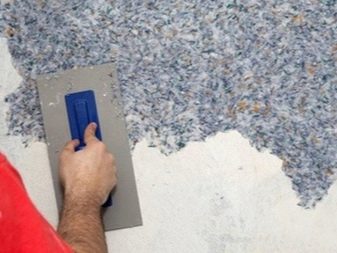
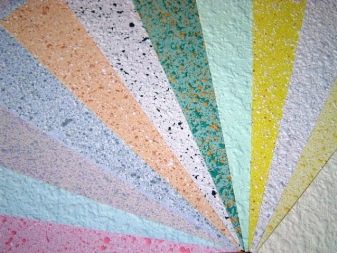
Liquid wallpaper is popular all over the world today, there are several reasons for this:
- they are easy to apply to the surface;
- they have an attractive appearance (many shades);
- they perfectly remove some wall defects;
- very durable.
If it was decided to cover the walls with liquid white wallpaper, then after application it is recommended to cover them with at least one layer of water-based paint.
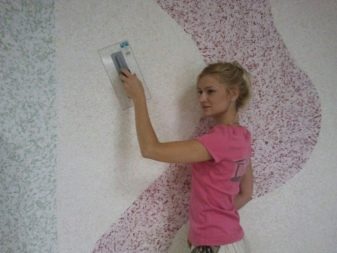

Features of the room
Pasting wallpaper in the toilet and bathroom is one of the most difficult tasks, because on a relatively small area there are:
- communications;
- level drops;
- corners.
To carry out such a volume of work, it is advisable to invite professional specialists. If you have experience in the construction industry, then you can do everything yourself.
To align the walls in the bathroom and the bathroom, you will need a mixture of two types:
- with a cement base;
- with a plaster base.
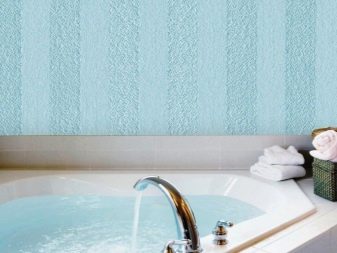
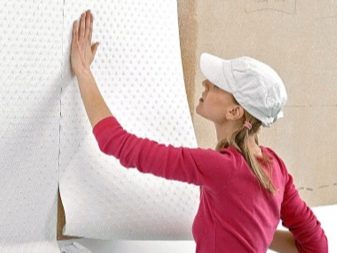
Recommendations
Smooth walls in an apartment are great, but in order to do everything right, you need to make a certain amount of effort. If you possess a certain skill, you can do the entire amount of work yourself, thereby saving significant money.
The alignment result is assessed by standard parameters: the plane should deviate by only one millimeter within one square meter. With these values, the wall will appear to be 100% flat. Verification is carried out vertically, horizontally and diagonally.
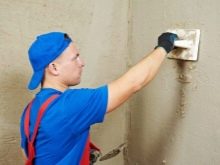
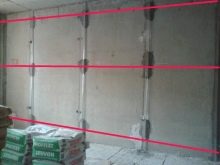
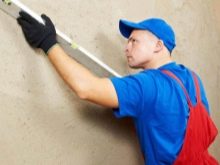
It is recommended to pay special attention to the installation of beacons, a lot depends on their correct location. After the completion of the puttying, the treated area should be sanded, the dust should be fanned with a broom. The plastering process is quite laborious, but if done correctly, the result will be excellent.
Aligning the walls is a must before wallpapering. The quality of the finished coating and the general appearance of the interior directly depend on how carefully this stage of finishing is performed.
How and how to align the walls under the wallpaper, see the next video.













The comment was sent successfully.